Antonio Sastre
Antonio Sastre is one of those players so strong that he could be the best striker, midfielder, defender and goalkeeper of his teams. One of the best Argentine players in history, quite simply.

Games
Goals
Assists
Trophies
1931/42 Independiente (ARG) 355 matches, 119 goals
(Argentine Championship: 338 matches, 112 goals)
(National Cups: 15 matches, 7 goals)
(Copa Aldao: 2 matches)
1942/46 São Paulo (BRE) 128 matches, 54 goals
1947 Gimnasia La Plata (ARG) 14 matches, 4 goals
With the National Team :
34 caps, 6 goals
(Friendly matches: 14 caps, 4 goals)
(Copa America: 13 caps, 1 goal)
(Copa Roca: 5 caps, 1 goal)
(Copa Lipton: 2 caps)
1st cap: December 14, 1933 against Uruguay (1-0)
Last cap: March 4, 1941 against Chile (1-0)
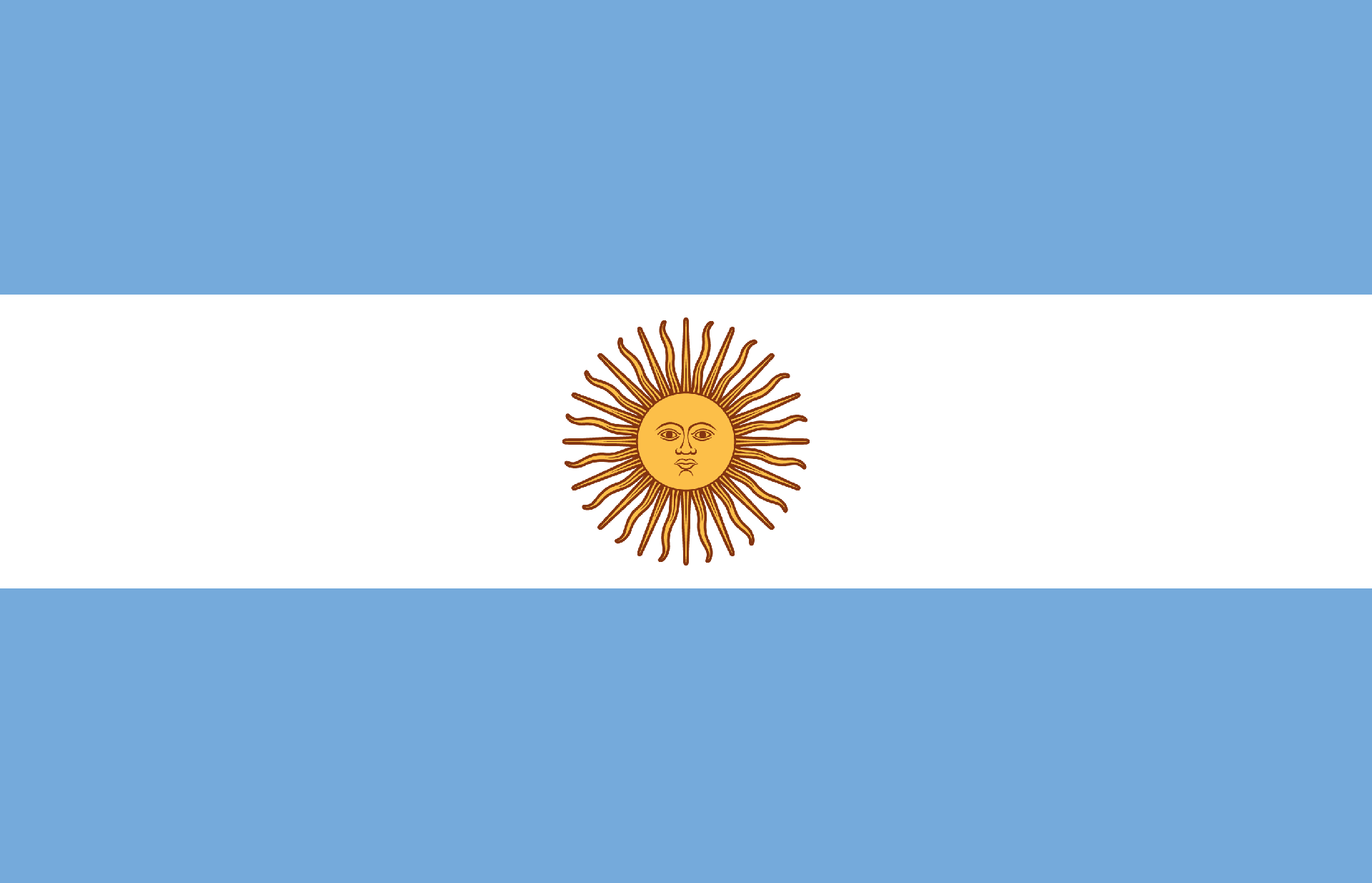
Antonio Sastre
Born on April 27, 1911 in Lomas de Zamora (ARG)
Died on November 23, 1987 in Buenos Aires (ARG)
Argentine, Attacking Midfielder/Second Striker/Central-Midfielder/Center-Back
Nicknames: "El Cuila", Sastrín
The man who made Independiente one of the greatest clubs in the world
Antonio Sastre was born on April 27, 1911 in Lomas de Zamora, Argentina. While working in a soap factory, he was spotted during a local match by a coach of the Independiente team, he then made a try during a friendly match against Lanús.
Having his mind elsewhere, his only ambition was to meet his idols from the club, in particular Manuel Seoane, originally a substitute, he finally played the match because of Alberto Lalín's injury. The player liked to call himself a "footballer by chance".
Very quickly the player exploded in the eyes of the spectators, the one who would later be considered the inventor of modern football in Latin America would stay 11 years in the first team of Independiente and form one of the most legendary trios in the history of football alongside Vicente de la Mata and Arsenio Erico.
Sastre made his official debut with the Argentinian club on June 4, 1931 against Argentinos Juniors, he then played right midfielder, behind his idol Seoane. But the player would not limit himself to this position, he would mainly play attacking midfielder, but would have been able to test the positions of goalkeeper, defender, defensive midfielder, winger, striker, excelling each time.
Endowed with enormous leadership, he was the technical leader of his team and therefore logically the playmaker. He set the pace for his team's game with his passes, and could accelerate the ball with his dribbling or his deep runs. An absolute idol of the club's supporters, he won the Argentine championship twice in 1938 and 1939 and made Independiente a strong competitor against La Maquina de River Plate, who seemed to have a better sporting arm. During these two years of titles, Independiente led by Sastre scored 115 goals in 32 matches, then 103 goals in 34 matches, mind-blowing statistics.
During his best years, he was versatile in everyday life, changing jobs several times, including a position in a bakery. Several times, to save on the tram ticket that took him back to his house in Avellaneda, he even stayed to sleep in the kitchen, and made his bed on sacks of flour and in the heat of the oven. However, he had to break with the custom in 1937, when the rumor spread that he could be found there and the place became a cult space where fans came to see him, touch him and ask him for advice.
An iconic complete player
In 1937, he won the Copa America as a starter, a feat that he repeated in 1941, with Sastre, Argentina won the tournament with 4 wins in 4 games. Antonio played mainly as a right midfielder, alongside José Manuel Moreno in particular.
In 1942, he played his penultimate game with Independiente on October 4, and scored his last goal for the club, his 112th in a 2-2 draw against Platense. And two weeks later, he played his last game, against Boca Juniors, 1-1, it was then his 340th game in the Argentine elite.
For the record, at the end of his adventure with Independiente, he was covered in praise, especially for his versatility on the pitch, considered one of the most complete players in history. Sastre played twice as a goalkeeper to replace Fernando Bello, 2 matches during which he kept 2 clean sheets, being unbeatable.
The man who changed South American football forever
He joined São Paulo FC at the request of the coach at the time Vicente Feola, the future coach of the Brazilian national team at the 1958 World Cup. Later, Feola would pay tribute to him: "We had a good team, but we needed a player who balanced our tactical system. Sastre came and that's what he did. With him, we were champions three times in four years. I tell everyone who didn't see him play that he was as important as Zizinho first and Gerson later, players who lived to give the team peace of mind on the field." When he arrived in Brazil, the country's football had just opened up to "black" footballers, having previously been exclusive to European immigrants. At that time, Brazilian football was divided into state championships, and in the Paulista championship there were 2 big teams: Corinthians and Palmeiras. São Paulo FC was then considered a second-tier club.
For his first match, a match against Portuguesa, he won 9-1 and scored 6 goals. Directly imposing his dictatorship. After his trio with De La Mata and Erico, he formed a crazy duo with Brazilian striker Leônidas Da Silva. Sastre, who had arrived on loan for 10,000 Argentine pesos, ultimately stayed 3 more seasons for an additional 30,000 Argentine pesos.
With Sastre, São Paulo FC became unplayable. Winning the São Paulo championship in 1943, 1945 and 1946. This last title is also the most impressive because the team did not lose any official match out of the 20 played. And counting friendly matches, the club only lost 4 times in 37 matches! 29 wins, 4 draws, 4 losses, 121 goals scored for 50 conceded.
Sastre's impact on Brazilian football was total, like his football, an innovative "total" football, constantly defending and attacking. With him, Brazil became the main land of South American football, a continent long dominated by Uruguay and then Argentina. Osvaldo Brandao perfectly summed up the player's impact in 1967: "The Argentines want to copy us, Brazilians, but they forget that an Argentine came to Brazil twenty years ago to teach us football. His name was Antonio Sastre".
In 1946, while he was still one of the best players in the country, he decided to retire from football, in his honor, a bust at the entrance of the Morumbi stadium was created, and a farewell match against River Plate was organized, São Paulo FC lost 2-1 despite a goal by Sastre.
He then returned to Argentina, and taken by nostalgia for football, he played a final season at Gimnasia de La Plata in the Argentine second division, in 14 games, he scored 4 goals and managed to give the Argentine club promotion to the first division. He then definitively retired at the age of 36.
Trophies :
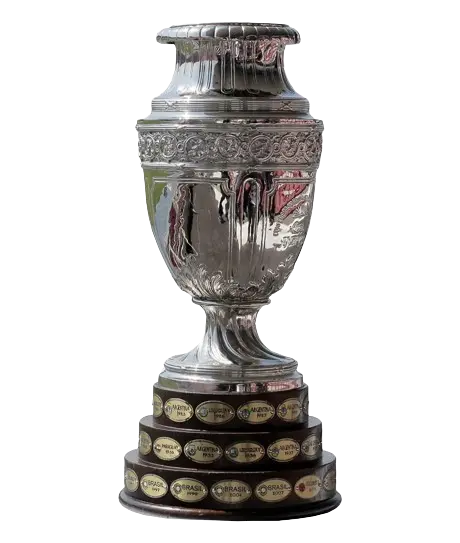
Copa America x2
- 1937 (Argentina)
- 1941 (Argentina)

Finalist Copa America x1
- 1935 (Argentina)

Copa Lipton x1
- 1937 (Argentina)
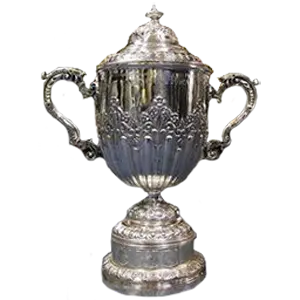
Copa Roca x2
- 1939 (Argentina)
- 1940 (Argentina)

Copa Aldao x2
- 1938 (Argentina)
- 1939 (Argentina)
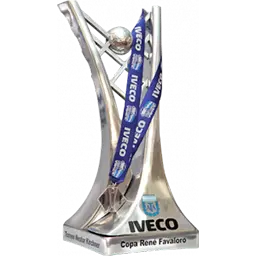
Argentinian League x2
- 1938 (Independiente)
- 1939 (Independiente)

Vice-Champion Argentinian League x5
- 1932 (Independiente)
- 1934 (Independiente)
- 1935 (Independiente)
- 1937 (Independiente)
- 1940 (Independiente)
São Paulo Championship x3
- 1943 (São Paulo FC)
- 1945 (São Paulo FC)
- 1946 (São Paulo FC)
Vice-Champion São Paulo Championship x1
- 1944 (São Paulo FC)
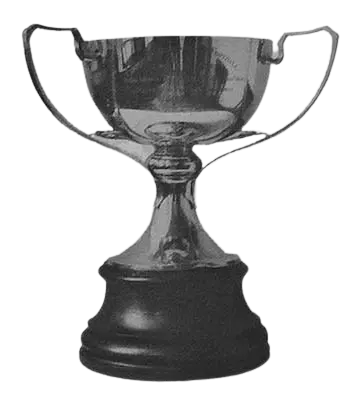
Copa Ibarguren x2
- 1938 (Independiente)
- 1939 (Independiente)

Copa Adrián C. Escobar x1
- 1939 (Independiente)
Argentinian Second League x1
- 1947 (Gimnasia La Plata)
Individual Trophies :
- Received the Diploma of Merit by the Argentine Foundation "Konex" in 1980
- Inducted into the AFA Hall of Fame